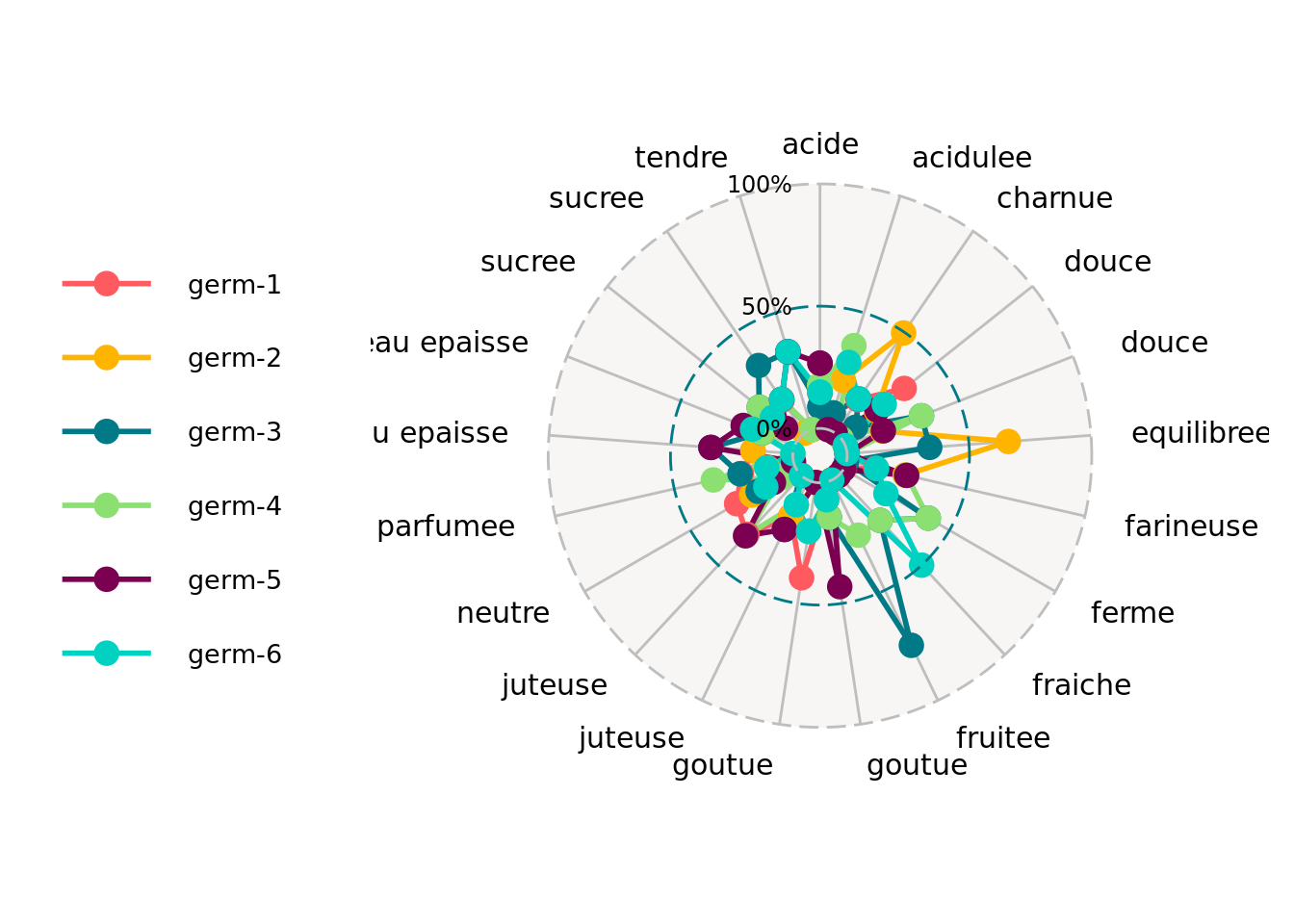



Where E( Y) = the expected response value, β 0 = an intercept variable, and β n = coefficient representing estimated odds ratios for variable X n holding all else constant. An example of the former would be representing a development event binomially, while the latter would be a choice between development and no development, followed by a nested choice within the development branch between commercial or residential. Choice sets can be continuous or discrete and can occur as a single decision or within a nested structure. This technique commonly employs a binomial or multinomial statistical model, such as logit (see eqn ) or probit, where decisions are represented by a maximum likelihood or random utility function that is defined by independent variables whose values are estimated based on the actual decisions of individuals when faced with similar choices. While these approaches may be useful for explaining consumer preferences and historical land-use patterns, they have limited predictive ability to capture the nonlinear and emergent behavioral patterns that characterize urban transformation (e.g., edge cities).ĭiscrete choice analysis models the probability of a specific outcome from the set of alternatives that constrain a decision-making process. The dependent variable in this case, the area of each type of land use, is estimated with some combination of social, economic, and environmental variables specified in much the same way as the hedonic price model discussed above. The area of interest is divided into a set of discrete zones (e.g., block group, traffic analysis zone), and an array of predictor variables is used to estimate the area of land use by type. A multiple regression approach has also been used to estimate the demand for quantities of particular land-use types.


 0 kommentar(er)
0 kommentar(er)
